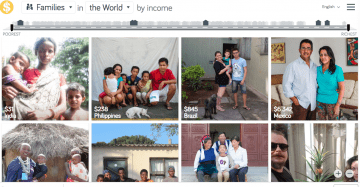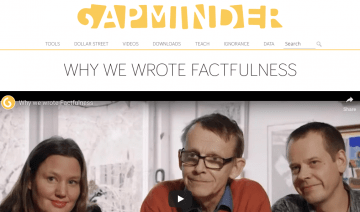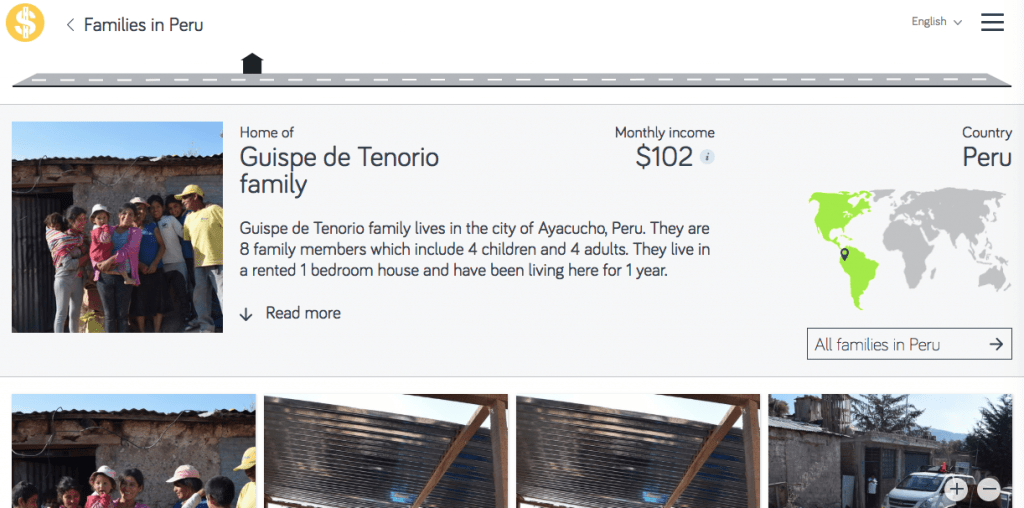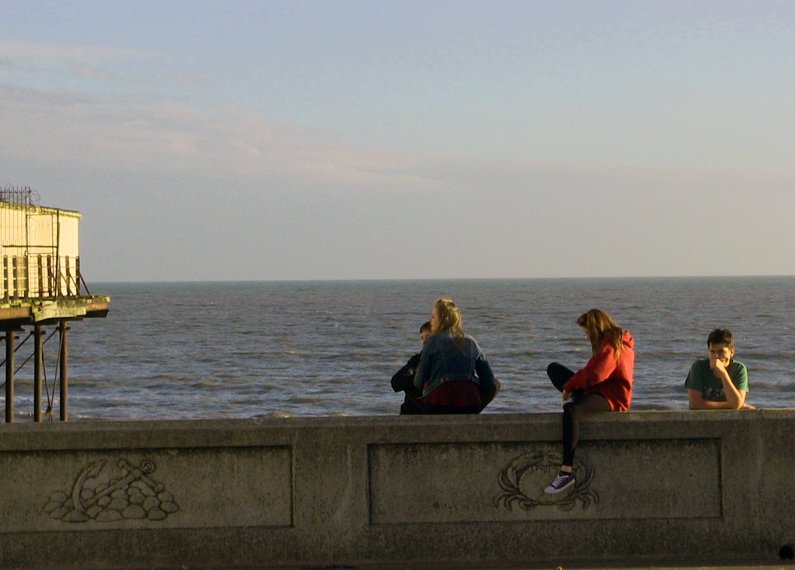
In 2003, statistician Anna Rosling had an idea: to imagine the world as a street. For a while, she had been obsessed with the idea of making such systematic photo documentation of all common items from homes all over the world, to see what everyday life looks like, with different incomes. Her project launched in 2016 with more than 300 homes from 52 different countries documented. Anna was then invited to present it at TED in Vancouver in April 2017 and the project won many prizes. It even attracted the attention of Bill Gates, who wrote about it, withstanding though to make any comments on his participation in the rising inequality, this visualisation project so well demonstrates.

Anna Rosling is a Swedish designer who, with her husband Ola Rosling, developed Trendalyzer, an interactive software for visualizing statistical information which was sold to Google in 2007. In 2005, together with famous statistician and her father-in-law Hans Rosling, she co-founded the Gapminder Foundation. Gapminder Foundation is a non profit Swedish Foundation that promotes sustainable global development and achievement of the United Nations Millennium Development Goals by increased use and understanding of statistics and other information about social, economic and environmental development at local, national and global levels.
Wellcome to Dollar Street
We all have heard how billions of people living in extreme poverty are living on a dollar a day, but we often think about this value and their day to day lives, as a mathematical abstraction very detached from us.
That is not the case at the dollar street. The project lines up all houses by income, the poor living to the left and the rich to the right. Everybody else somewhere in between. Where would you live? Would your life look different than your neighbours’ from other parts of the world, who share the same income level? Dollar Street, was supported and made by the Gapminder Foundation. In it, abstraction becomes a reality, and the one is able to place global poverty and inequality in the context of material culture. Photographs shown side by side illustrate the different possessions of people around the world living with radically different income levels: For people on the wealthiest end of the spectrum, their toilet can be very comfortable, well equipped and modern, and toothbrush might be a fancy electric model. For people at the other end, a toothbrush might be nothing more than a stick. Instead of charts to illustrate global poverty, Dollar Street brings humanity, colour and life, providing people with a stronger understanding of what income inequality means around the world.
Dollar Street, received an overwhelming response and lot of praise. Various teachers, public speakers, researchers and students have used Dollar Street to better understand how people eat, live, sleep, and go about their lives, on different income levels across the globe. Country stereotypes have simply fallen apart in front of our eyes; at the same income level, there are a lot of similarities in how people live, independently of their culture or religion. Another commonality, is how everyone has dreams of a better life.
Dollar Street photographers, photographed until now a total of 260 homes in 50 countries, from the hills of Peru in South America, to the furthest Islands of Papua New Guinea along the Pacific Ocean.

The project has been presented in several countries including Sweden, Spain, U.S., Austria, South Africa, Canada and Germany. It also won the Fast Company World Changing Ideas Award(category: Photography and Visualization). and last but not least, was presented at TED.
Inequality is one of the most pressing and sad issues of current world that unfortunately doesn’t prioritise what needs to be prioritised. Dollar Street is one way to contribute to the solution of inequality.

Maria Fonseca is the Editor and Infographic Artist for IntelligentHQ. She is also a thought leader writing about social innovation, sharing economy, social business, and the commons. Aside her work for IntelligentHQ, Maria Fonseca is a visual artist and filmmaker that has exhibited widely in international events such as Manifesta 5, Sao Paulo Biennial, Photo Espana, Moderna Museet in Stockholm, Joshibi University and many others. She concluded her PhD on essayistic filmmaking , taken at University of Westminster in London and is preparing her post doc that will explore the links between creativity and the sharing economy.





























